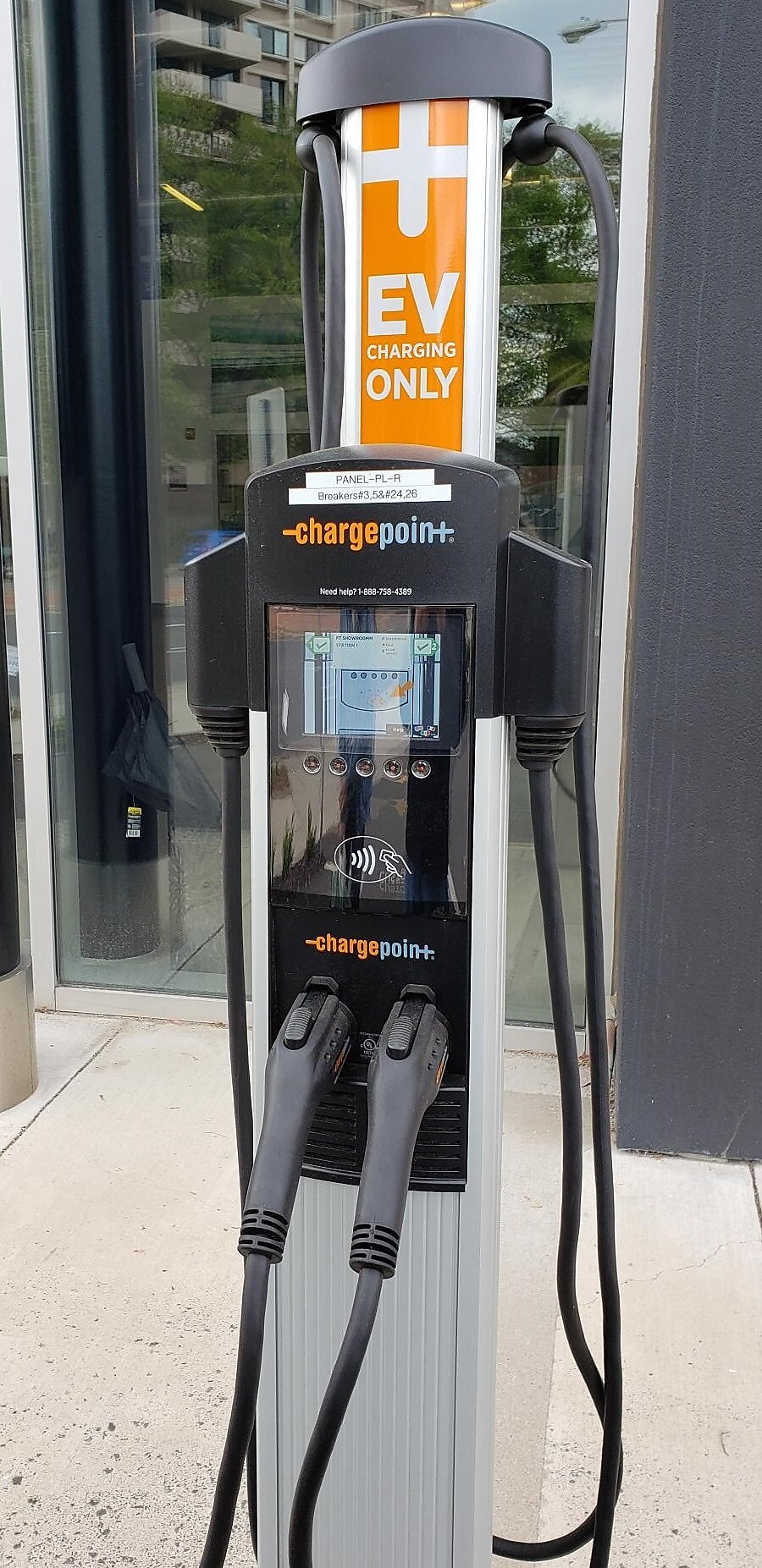Ever since the pandemic began, the little-known, cold war-era Defense Production Act has played a prominent role in the U.S. government’s response to COVID-19. At the vigorous urging of a bipartisan swath of politicians and commentators, both Presidents Trump and Biden repeatedly invoked the DPA, which confers upon the executive branch broad powers to compel (Title I) or subsidize (Title III) private actors in the United States on “national security” grounds, in order to expand the domestic production and distribution of essential medical goods like N95 masks and vaccines.
Two recent events, however, show just how little we know about the DPA and the pandemic-related actions that the federal government has taken thereunder. First, there is increasing concern that a DPA action compelling prioritization of U.S. government contracts has acted as a de facto ban on the exportation of materials needed to make vaccines, especially in India, which has been hit hard by the pandemic yet hosts one of the largest vaccine manufacturers in the world. Widespread public outcry finally pushed Tim Manning, the White House COVID-19 Supply Coordinator, to take to Twitter to explain the general situation and how the DPA has been applied in this case, though the details still remain far from clear.
Second, NBC News reported last week that a major and widely-praised recipient of DPA funding was failing to meet its obligations:
A year after a Connecticut company was awarded almost $1.3 billion in federal loans and contracts to supply an essential syringe for the Covid-19 vaccine rollout, no syringes have been made. The syringe hasn’t received even the first of a series of approvals it needs from the federal government before it can be manufactured, and a factory promising 650 jobs remains unbuilt.
ApiJect Systems Corp. positioned itself as the company that would make the difference between a stumbling rollout and delivery of lifesaving vaccines. But as the U.S. vaccine rollout hits full stride, with about half of adults in the U.S. having already received at least one injection, the need for ApiJect’s device has waned, leaving the contracts and loans in question.
NBC notes that more than half (a $590 million loan and a $251 million contract) of the funds awarded to Apiject since the pandemic began were authorized by the Defense Production Act, which grants the president broad authority to act unilaterally during a national emergency. Apiject, it must be noted, contests NBC’s reporting.
Surely, one can and should scrutinize both of these DPA actions and their effects, but the bigger problem here lies with the DPA itself. As I noted in a recent paper, the Trump administration’s repeated use of the DPA during the pandemic has raised numerous concerns:
Ventilators, for example, were on no one’s radar before COVID-19 hit. In March 2020, when they were suddenly considered essential for fighting the coronavirus, the U.S. government invoked the Defense Production Act (DPA) to force domestic manufacturers to make them. By the summer, however, medical professionals determined that ventilators were not as critical as once thought, but producers continued to churn them out under government orders, leading to reports of the goods “piling up” in a strategic reserve or being donated to “countries that don’t need or can’t use them.” According to the USITC’s December 2020 report, other DPA‐funded medical goods production will only come online after mid‐2021, when the pandemic may have subsided.…
Finally, there a serious risk that future government interventions will have political, rather than economic, motivations—similar to the ones that reportedly drove the Trump administration’s doomed subsidies to Eastman Kodak. According to a July 2020 Congressional Research Service report, for example, the Department of Defense invoked the DPA to give hundreds of millions of dollars, appropriated under the Coronavirus Aid, Relief, and Economic Security Act to fight COVID-19, to politically connected industries (shipbuilding, semiconductors, space‐based defense, aviation, microelectronics, rare earth mining, etc.) that are at best tangentially related to the pandemic. The report adds that these and other COVID-19 actions lacked transparency and accountability, led to the reassignment of one official, and were opposed by several House committees because they were not, as Congress intended, “reserved for health and medical countermeasures.”
Despite the very real economic, political, and even geopolitical questions raised by the DPA, however, the law (pandemic invocations of which involve billions of taxpayer dollars and occasionally government force) does not permit a legitimate, independent assessment of past actions because it contains essentially no procedural guidance or requirements. The aforementioned CRS report notes, for example, that:
[T]here is no standing requirement for publishing DPA actions, and no centralized repository where they are collected.… It is unclear which executive agency leads overall efforts under DPA authority, in response to the pandemic. Reporting on DPA activities remains dispersed among multiple agency sources and appears incomplete. In addition, it is not clear under which authorities agencies are undertaking certain DPA attributed activities, such as DOD’s redirection of Title III funds, or DOJ’s enforcement of antihoarding/price gouging.
My own independent research counts at least 64 invocations of the DPA since March 27, 2020, totaling tens of billions of taxpayer dollars. This list, however, remains incomplete, with transparency subject primarily to the parties’ decisions to disclose their transactions, often in response to intense public scrutiny.
So maybe the White House and Apiject are right that these actions are all above-board, but it’s a serious problem that we can’t judge for ourselves.
